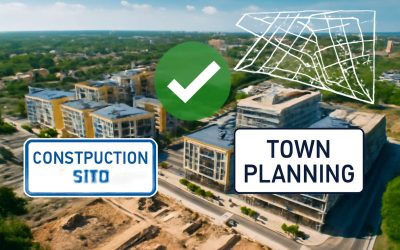
Spatial planning involves an integrated process of decision making. It entails hazard and risk assessment, and provides a framework to make informed decisions. Planning is typically carried out at local, regional, national, and inter-national levels. This requires an interdisciplinary approach that involves various disciplines and an institutional mechanism for collaboration.
There are many wicked problems involved in spatial planning, and most of them are uncertain. These include: which hazard is the best to mitigate, and how to make the most of spatial opportunities. The best way to make a hazard and risk assessment is to take into consideration all relevant information, and then apply a holistic perspective to arrive at a suitable solution. Ideally, the results of a hazard and risk assessment will be incorporated into a detailed local development plan, which defines land ownership and usage. Detailed local development plans also serve as a basis for development control.
In order to achieve this goal, a plethora of data and information is required. Planning at the local level may differ from regional or national level planning, because the needs and desires of people will vary across areas. For example, a small town in a developed country may require different hazard and risk information than a large metropolis. Therefore, it is essential to understand the unique requirements of each level of planning.
Aside from assessing the impact of hazards and risks on the environment, a plan should also consider the social implications of the proposed actions. This can involve determining the best way to engage community members in decision making, or the best way to encourage the development of sustainable economic activities. Some of the major issues that are discussed in the context of spatial planning include: environmental pollution, migration, demographic change, and economic structural change.
There are many hazard and risk assessment methods that are used by spatial planners. A good example is the CHARIM project, which provides a tool for local land use planning. The CHARIM website contains a variety of analysis methods, including a multi-criteria evaluation, scenario analysis, and cost-benefit analysis. By combining these methods, planners can better communicate their decisions with a broad range of stakeholders. They can also enhance the transparency of trade-offs and build public support for their spatial planning decisions.
While most of the hazard and risk assessment information is available at the national level, it is important to consider how it can be implemented at the local level. Typically, planners need a hazard and risk assessment map that includes both national and local levels. Small scale national hazard maps are not enough to provide the detail needed at the local level. Similarly, a detailed local development plan must also be included in order to outline the type of land use and density that will be allowed.
Although there are several different aspects to a hazard and risk assessment, the CHARIM website is a useful tool for the public to learn about these in the context of a spatial planning decision.



0 Comments